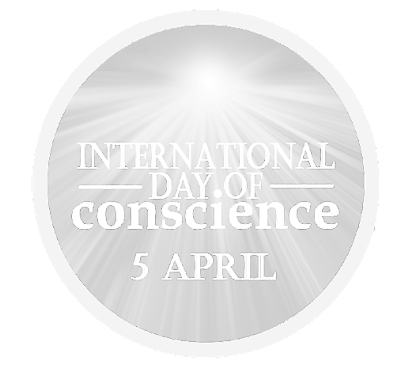Enhancing our conscience.
All three do not exclusively distinguish our close relatives, i.e., primates, but are broadly presented among various species of mammals, birds, and even cephalopods; however, their particular combination in humans is unique. The interaction between communication and play yields symbolic games, most importantly language; the interaction between symbols and tools results in human praxis.
Taken together, this gives rise to a mechanism that allows a creature, instead of performing controlling actions overtly, to play forward the corresponding behavioral options in a “second reality” of objectively (by means of tools) grounded symbolic systems. The theory possesses the following properties:
(1) It is anti-reductionist and anti-eliminativist, and yet, human consciousness is considered as a purely natural (biological) phenomenon.
(2) It avoids epiphenomenalism and indicates in which conditions human consciousness has evolutionary advantages, and in which it may even be disadvantageous.
(3) It allows to easily explain the most typical features of consciousness, such as objectivity, seriality and limited resources, the relationship between consciousness and explicit memory, the feeling of conscious agency, etc.
Learn more
Human Consciousness: Where Is It From and What Is It for?

.jpg)
Comments
Post a Comment